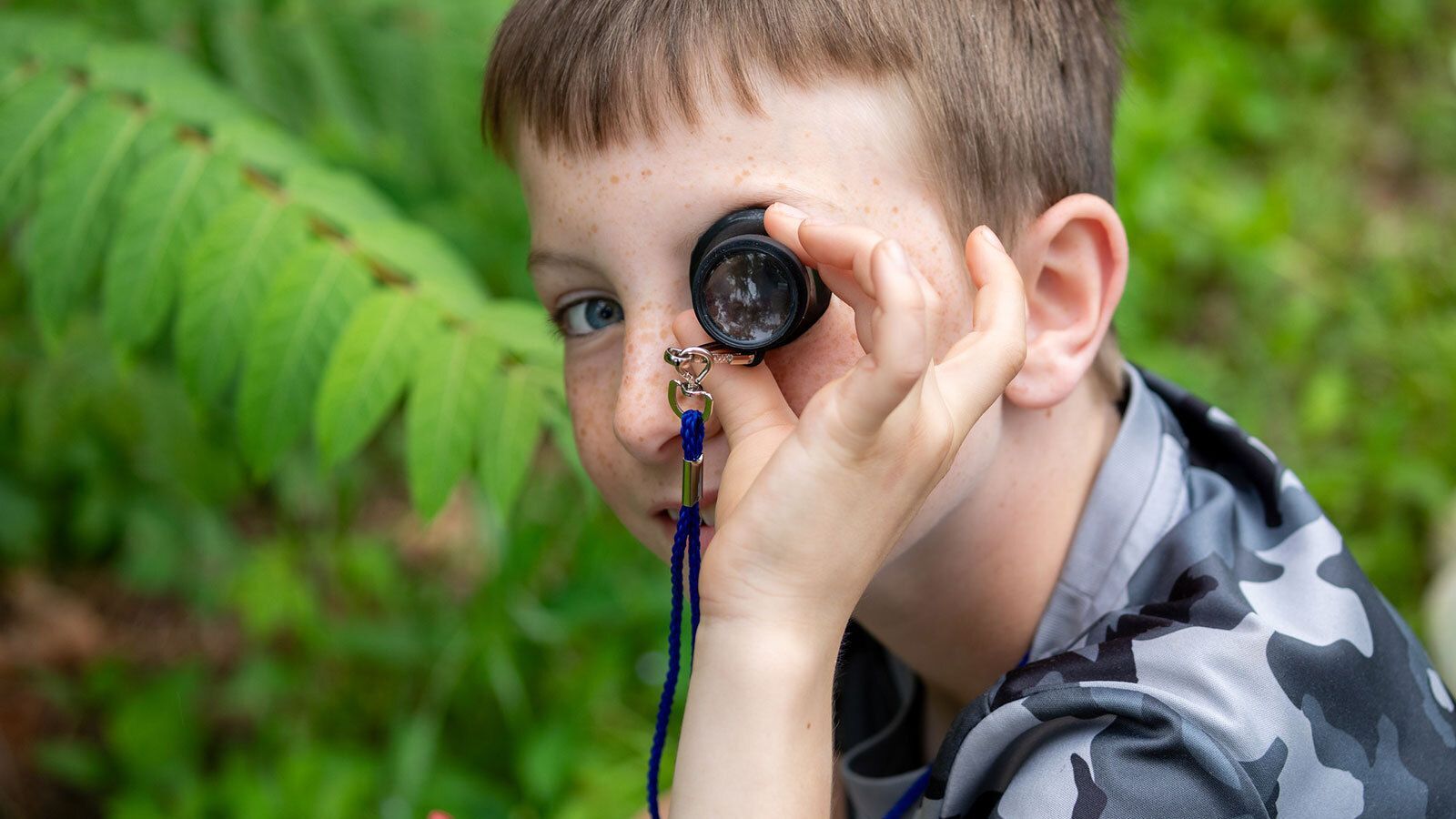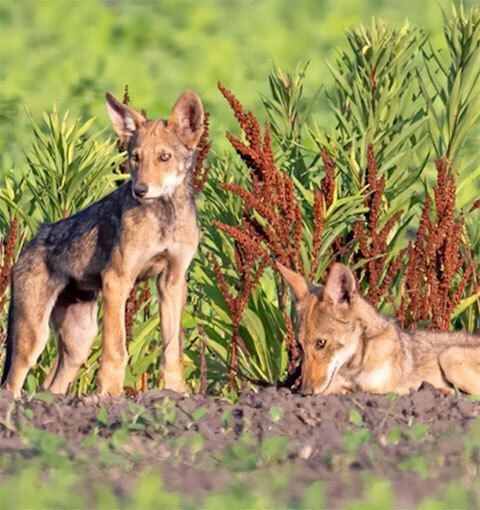Meet the Amazing Red Wolf
Have you ever heard of the American Red Wolf? Let’s learn about one of the most special animals in our country!
But first, can you watch this video of pups playing without falling in love! It brings us so much joy every time we watch it.
The Truth About Red Wolves
You might have heard scary stories about wolves in fairy tales like Little Red Riding Hood or The Three Little Pigs. But guess what? Those stories aren't true at all! Red Wolves are actually very shy animals that don't want to be around people. They've never hurt anyone - not even once!
What Do Red Wolves Eat?
Red Wolves love to eat small deer, rabbits, mice, and raccoons. They even eat berries! They also help our environment by eating nutria - these are big rodents that damage our wetlands. Red Wolves are nature's helpers!
Cool Red Wolf Facts
Did you know that Red Wolves are amazing family animals? Just like some of your favorite birds, these special wolves pick one mate and stay together their whole lives! Every spring, when new baby wolves (called pups) are born, something incredible happens. The older brothers and sisters don't just watch from the sidelines - they actually help their parents take care of the new babies! It's like having a whole family of babysitters.
If you're wondering how big a Red Wolf is, imagine a large dog. Red Wolves usually weigh between 45 and 80 pounds, which puts them right in the middle of their wolf family - they're smaller than their cousin the Gray Wolf but bigger than a coyote. So they're not as huge as you might think from seeing wolves in movies!
Red Wolves are like nature's helpers, keeping the forest healthy and balanced. They make sure there aren't too many deer or small animals in one area, which might sound strange, but it's actually super important. Think of it like a game of musical chairs - if there are too many players (animals), nobody has a good time. Red Wolves help make sure every animal has enough space and food to live happily.
Where Do Red Wolves Live?
Right now, wild Red Wolves only live in one place in the whole United States - North Carolina! They live in an area called the Albemarle Peninsula. There are also about 235 Red Wolves living in special places called conservation centers, where people take care of them.
Red Wolves in the Wild
Have you ever wondered how scientists keep track of wild Red Wolves? Since these wolves are so rare - with only about 15-17 left in the wild - scientists have come up with a clever way to protect and study them. They give each wolf a special bright orange collar to wear. These collars are like glowing necklaces that help drivers spot the wolves at night so they can avoid hitting them with their cars. The collars also let scientists know where the wolves are and how they're doing. Right now, scientists are working super hard to help more Red Wolves survive in the wild, because these amazing animals are some of the rarest creatures in all of North America!
Good News for Red Wolves
In 2022, some exciting things happened! Scientists released 10 new Red Wolves into the wild, and six baby wolves were born. Five of those babies grew up to be healthy adult wolves. Scientists hope that more baby wolves will be born each year, helping Red Wolves become less rare.
Why Are Red Wolves Important?
Red Wolves help keep nature balanced and healthy. They're like nature's doctors! When Red Wolves are around:
- Small animal populations stay at just the right size
- Birds have better places to live
- Deer herds stay healthier
- The whole forest ecosystem works better
Want to Learn More?
You can see Red Wolves for yourself! Many zoos and nature centers have Red Wolves that you can visit. When you see these amazing animals, remember that you're looking at one of America's most special treasures - our very own Red Wolf!
Want to see some amazing pictures of Red Wolves? Champions for Wildlife has created something really special - a huge collection of Red Wolf photos that shows these beautiful animals in all sorts of places! Some pictures show Red Wolves living in the wild, while others show wolves that live in special care centers and zoos. The best part? These pictures are free for everyone to look at and share with friends and family. When you see these photos, you'll be amazed by how beautiful Red Wolves are, from their reddish-brown fur to their bright eyes. Looking at pictures of Red Wolves living their lives, playing with their pups, or exploring their homes helps us understand why it's so important to protect these amazing animals!


